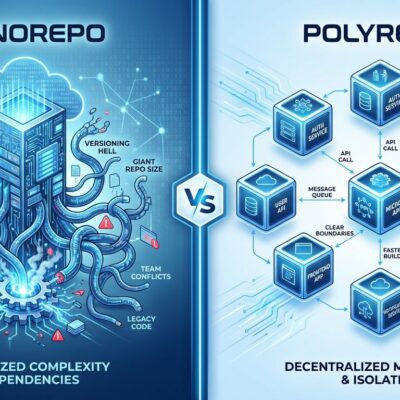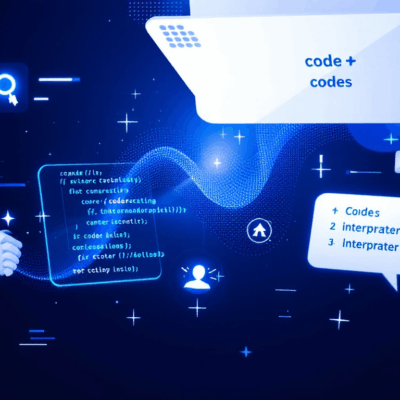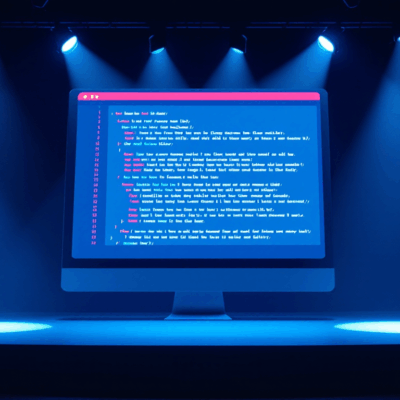
Microsoft has released the source code for Zork I, II, and III under the MIT License, opening up the legendary text adventure trilogy that defined interactive fiction nearly five decades ago. The announcement on November 20, 2025 gives developers full access to study, modify, and build upon the code that pioneered computer storytelling.
What Microsoft Released
The release includes all three original Zork games written in ZIL (Zork Implementation Language), a domain-specific language created specifically for text adventures. Under the MIT License, anyone can use this code for any purpose – commercial, educational, or personal projects.
This is not just a symbolic gesture. The ZIL source code represents some of the most sophisticated game programming of its era, including a natural language parser that could understand complex player commands and a virtual machine (the Z-machine) designed to run on hardware that barely existed when the games were written.
The community has long preserved versions of this code, but Microsoft’s official release under a permissive license removes any legal ambiguity. Developers can now fork, modify, and redistribute freely.
From MIT to Microsoft: A 48-Year Journey
Zork began life in 1977 at MIT, created by Marc Blank, Dave Lebling, Bruce Daniels, and Tim Anderson on a PDP-10 mainframe. The game became so popular on university networks that its creators founded Infocom in 1979 to bring it to personal computers, splitting the original into a trilogy that would sell millions of copies.
Activision acquired Infocom in 1986. Fast forward to 2023, and Microsoft completed its $68.7 billion acquisition of Activision Blizzard, inheriting decades of gaming history including these foundational titles. Now Microsoft is giving that history back to the community.
Why Developers Should Care
For modern developers, Zork’s code offers more than nostalgia. ZIL was an early example of a domain-specific language – a concept now central to software engineering from SQL to Terraform. The parser design, which had to work within severe memory constraints (often under 64KB), demonstrates optimization techniques that remain relevant for embedded systems and resource-constrained environments.
The codebase also demonstrates how the original developers structured interactive storytelling: objects with properties, rooms with connections, and actions with consequences. These patterns influenced everything from modern game engines to chatbot architectures. Anyone building conversational AI could learn from how Infocom handled natural language decades before transformers.
Microsoft’s Open Source Evolution
This release continues Microsoft’s transformation into a major open source contributor. The company that once called Linux “a cancer” now maintains VS Code, TypeScript, and thousands of open source projects. Releasing Zork under MIT License signals that even acquired gaming heritage can benefit from community stewardship.
For text adventure enthusiasts and game historians, the code is now preserved permanently. For developers, it is a masterclass in doing more with less. Either way, the Great Underground Empire is now truly open for exploration – and this time, you are unlikely to be eaten by a grue.












